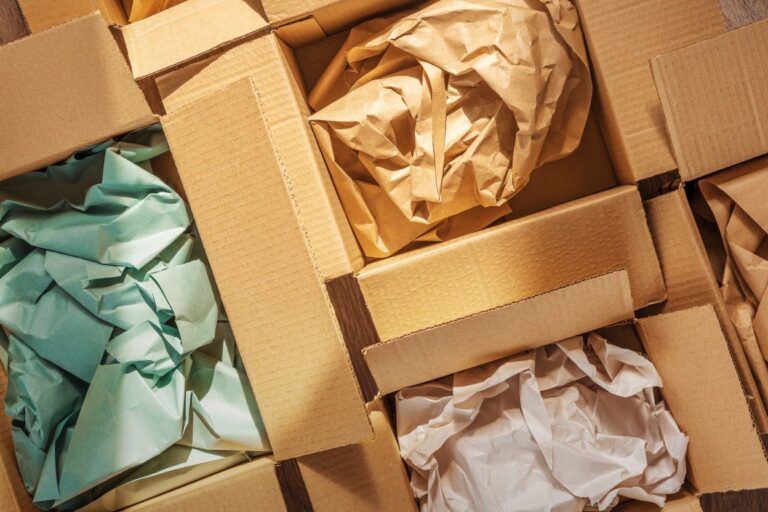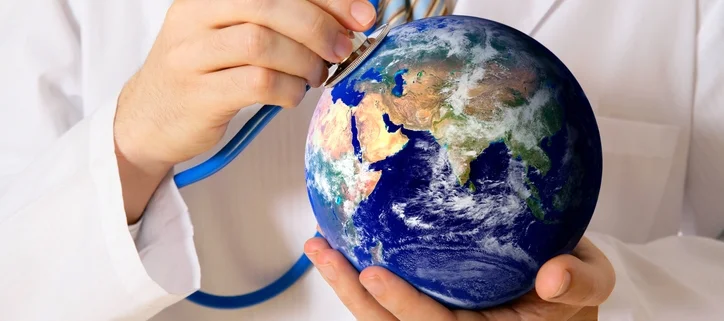In today’s world, the urgency to protect our environment has never been greater. One significant area where we can make a positive impact is through eco-friendly packing. Packaging materials and practices play a pivotal role in minimizing waste, conserving resources, and reducing our carbon footprint.
In this comprehensive guide, we will explore the importance of eco-friendly packaging, delve into various sustainable materials and biodegradable packaging options, and examine the value of reusable and minimalist packing concepts.
We will also provide practical tips for businesses and creative DIY ideas for individuals. By the end of this journey, you’ll be well-equipped to make eco-conscious choices in your packing endeavors, contributing to a greener future.
List and Elaborate on the Advantages
Eco-friendly packing comes with a multitude of advantages, both for individuals and businesses. First and foremost, it reduces the environmental impact. Traditional packaging materials like plastic and Styrofoam contribute to pollution and take centuries to decompose.
Eco-friendly options, on the other hand, are designed to break down naturally, reducing landfill waste.
Moreover, using sustainable materials reduces resource depletion. By opting for materials like recycled cardboard and paper, we can conserve trees and energy while also decreasing greenhouse gas emissions. Eco-friendly packing is a step towards circularity, where materials are reused and recycled, reducing the need for new resources.
Furthermore, eco-friendly packing aligns with consumer values. Today’s consumers are increasingly eco-conscious and prefer brands that demonstrate environmental responsibility. Choosing an eco-friendly form not only appeals to this growing market but also builds a positive brand image.
The Versatility of Recycled Cardboard and Paper
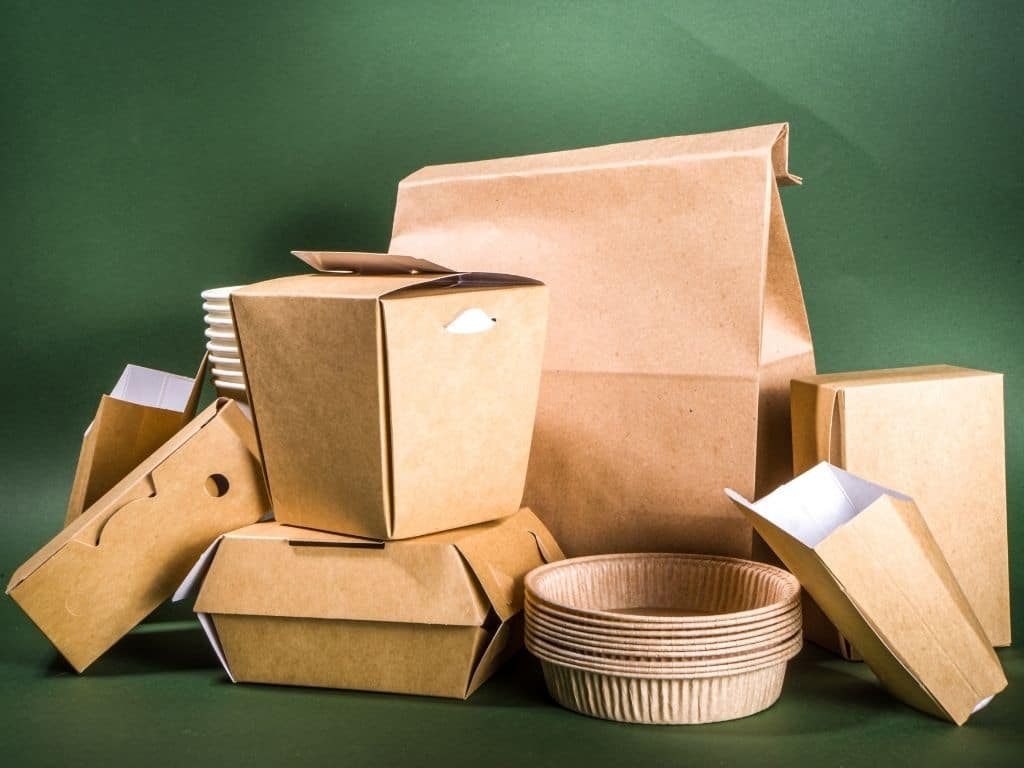
Recycled cardboard and paper are among the most versatile and eco-friendly packaging materials available. They are easily recyclable and biodegradable, reducing the burden on landfills. Manufacturers can produce these materials with post-consumer waste, significantly decreasing the demand for virgin fibers.
The advantages of recycled cardboard and paper extend beyond their environmental benefits. They are sturdy and can be customized for various packaging needs, making them a reliable choice for businesses and individuals alike.
From recycled shipping labels to gift wrapping, MUNBYN offers a sustainable and practical solution, as you can see here: https://au.munbyn.com/collections/all-thermal-labels.
Biodegradable Packaging
Biodegradable packaging is a game-changer in the quest for eco-friendly packing. Unlike traditional plastics, which persist in the environment for hundreds of years, biodegradable materials break down naturally into non-toxic substances. This decomposition process reduces the risk of harming wildlife and ecosystems.
One prominent example of biodegradable one is made from cornstarch-based polymers. These materials are not only compostable but also perform as effectively as their plastic counterparts. They offer a sustainable alternative for items like disposable cutlery, food containers, and even packing peanuts.
Reusable Packaging
Reusable packaging is a powerful way to reduce waste and conserve resources. It involves designing packaging that can be used multiple times without compromising its integrity. The concept is not limited to containers; it extends to bags, boxes, and even pallets used in shipping.
For businesses, reusable packing can lead to significant cost savings in the long run. It minimizes the need for constant repurchasing of disposable packaging materials and reduces waste disposal expenses. It’s a win-win situation for both the environment and the bottom line.
An excellent example of reusable packaging is the “milkman model,” where products are delivered in reusable containers that are collected, sanitized, and refilled after use. This approach reduces waste and promotes a circular economy.
Minimalist Packaging
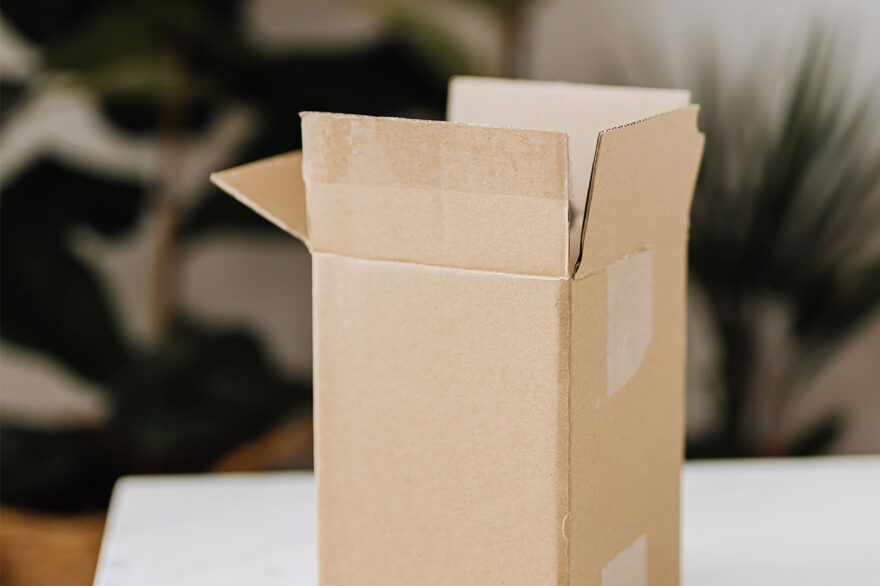
Minimalist packaging is all about using the least amount of it necessary to protect a product. This approach challenges the conventional notion of excess packaging and encourages thoughtful design to reduce waste.
Minimalist packaging not only reduces environmental impact but also appeals to consumers who value simplicity and sustainability. It promotes transparency, as consumers can easily see the product they are purchasing without unnecessary layers of packaging.
For businesses, adopting minimalist packaging can result in cost savings in materials, storage, and transportation. By eliminating excessive actions, companies can streamline their operations and reduce their carbon footprint.
Eco-Friendly Packing Tips for Businesses
Businesses play a pivotal role in driving eco-friendly packing practices. Here are some practical tips for businesses to implement:
- Audit Current Packaging: Assess your current packaging materials and practices to identify areas for improvement.
- Switch to Sustainable Materials: Transition to eco-friendly materials like recycled cardboard, biodegradable plastics, or reusable packaging options.
- Optimize Design: Minimize excess packaging and choose designs that reduce material usage while maintaining product protection.
- Educate Employees: Ensure that employees understand the importance of eco-friendly packing and are trained to implement sustainable practices.
- Engage in Recycling Programs: Partner with recycling facilities to ensure that your packaging materials can be recycled efficiently.
- Collaborate with Suppliers: Work closely with suppliers to source eco-friendly packaging materials and reduce waste in the supply chain.
- Leverage Technology: Invest in packaging technology that reduces material waste and energy consumption during production.
DIY Eco-Friendly Packing Ideas
Individuals can also contribute to eco-friendly packing by embracing do-it-yourself (DIY) ideas:
- Fabric Gift Wrap: Instead of disposable wrapping paper, use cloth or scarves to wrap gifts creatively. These can be reused or repurposed.
- Homemade Gift Bags: Create reusable gift bags from old fabric or even newspapers. Add a personal touch with hand-painted designs.
- Mason Jar Storage: Store small items in mason jars, which are both reusable and provide a charming aesthetic.
- Shoeboxes for Organization: Upcycle shoeboxes for organizing small items or as makeshift drawer dividers.
- Cloth Produce Bags: Sew your own cloth produce bags to replace single-use plastic bags at the grocery store.
- DIY Beeswax Wraps: Make your own beeswax wraps as an eco-friendly alternative to plastic wraps for food storage.
Eco-Friendly Packing for Shipping
When it comes to shipping products, businesses and individuals can adopt eco-friendly practices:
- Right-Sized Packaging: Use appropriately sized boxes to minimize empty space, reducing the need for filler materials.
- Eco-Friendly Filler: Opt for biodegradable or recycled filler materials like shredded newspaper or air pillows.
- Eco-Friendly Tape: Use paper or water-activated tape instead of traditional plastic tape.
- Carbon-Neutral Shipping: Choose shipping companies that offer carbon-neutral shipping options or invest in carbon offset programs.
- Reuse Shipping Materials: Encourage customers to return packaging materials, such as boxes or bubble wrap, for reuse.
Conclusion
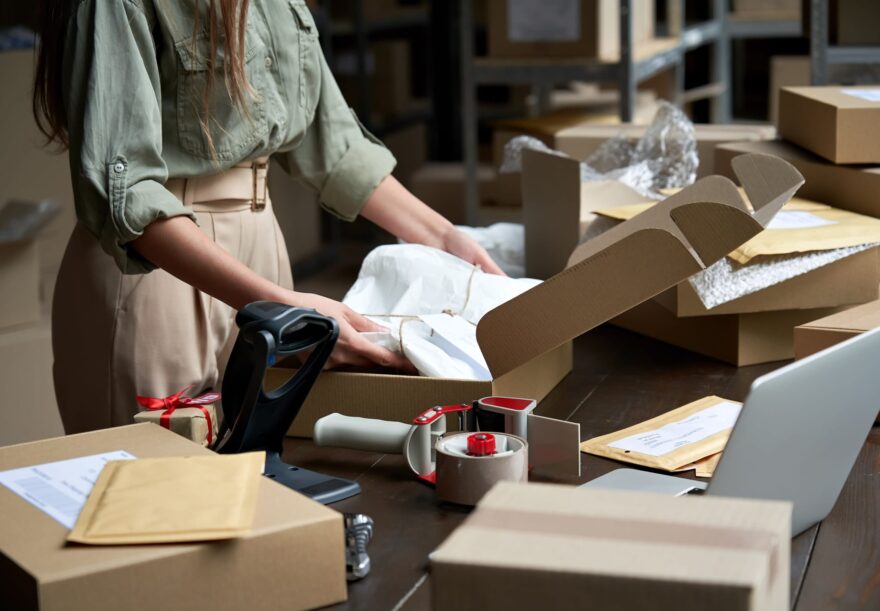
In a world facing environmental challenges, adopting eco-friendly packing options is a responsibility we all share. The benefits are clear: reduced environmental impact, resource conservation, and a positive brand image for businesses.
When considering environmentally-friendly packing choices, it’s essential to also learn how to adequately prepare a package for international shipping, ensuring your items reach their destination securely while minimizing your carbon footprint, as explained in the related article.
The choices are abundant, from sustainable materials like recycled cardboard to the innovative world of biodegradable packaging and the practicality of reusable options.
Related Posts:
- 20 Best Gaming Headset Under 50$ 2024 - for PC, PS4,…
- 15 Best Shoes for Jumping Rope 2024 - Maintain a…
- Top 16 Best Office Chair Covers 2024 - Chair…
- 12 Best Car Wax For Black Cars 2024 - Protection and…
- 15 Best Dog Food For Allergies 2024 - Adult, Puppy…
- Top 10 Best Outdoor Basketball Shoes 2024 - Durable…

